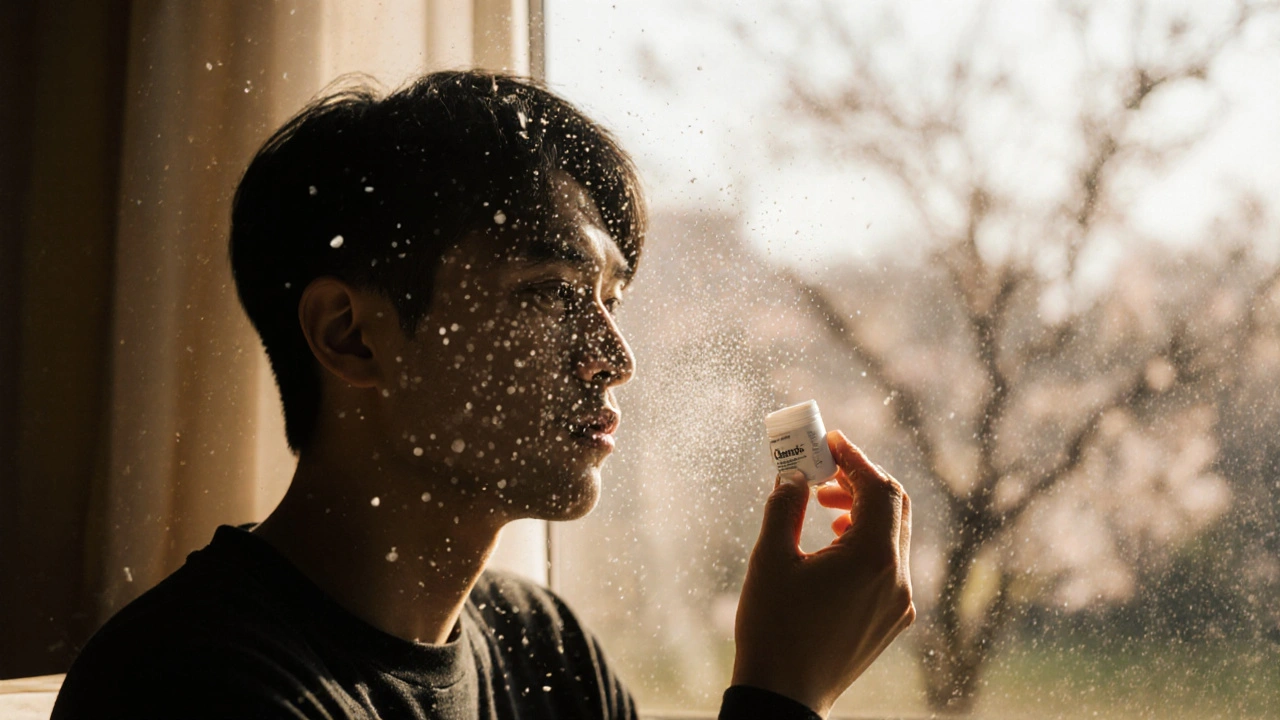Antihistamine: What They Are, How They Work, and What You Need to Know
When your body overreacts to pollen, pet dander, or dust, it releases histamine, a chemical that triggers inflammation and allergy symptoms like itching, swelling, and runny nose. Also known as allergy mediator, histamine is the main driver behind sneezing fits, watery eyes, and skin rashes. antihistamine, a type of medication designed to block histamine from binding to receptors in your body. This simple action stops the chain reaction before it turns into a full-blown allergic response.
Not all antihistamines are the same. First-generation ones like diphenhydramine can make you drowsy because they cross into your brain. Second-generation types like loratadine or cetirizine are less likely to cause sleepiness—they’re built to stay out of your central nervous system. If you’ve ever taken a cold medicine at night and felt wiped out the next day, that was probably a first-gen antihistamine. But if you’re using a daily allergy pill and still driving, working, or picking up your kids, you’re likely on a second-gen version. The difference isn’t just about side effects—it’s about how long they last, how often you need to take them, and whether they interfere with your daily life.
Antihistamines don’t cure allergies. They just quiet the noise. For people with seasonal hay fever, they’re a lifeline. For others with chronic hives or insect bite reactions, they’re essential. But if your symptoms keep coming back, or you need more than one pill a day, something else might be going on. Postnasal drip, sinus infections, or even acid reflux can mimic allergies—and antihistamines won’t fix those. That’s why knowing when to use them, and when to see a doctor, matters. Some people use them preventatively before pollen season starts. Others only reach for them when symptoms hit. Both work, but timing changes everything.
What you’ll find here are real-world guides on how antihistamines fit into bigger health pictures. You’ll see how they interact with other meds like antidepressants or blood pressure drugs. You’ll learn why some people need stronger options, and what alternatives exist when antihistamines stop working. We cover what’s safe for older adults, what to avoid with liver issues, and how to tell if your runny nose is really an allergy—or something else entirely. This isn’t just a list of pills. It’s a practical look at how antihistamines fit into your life, your body, and your health choices.
Clarinex: What It Is, How It Works, and When to Use It
Clarinex is a non-drowsy antihistamine used to treat seasonal and year-round allergies. Its active ingredient, desloratadine, blocks histamine to reduce sneezing, runny nose, and hives. It works best when taken daily and is safe for long-term use.

